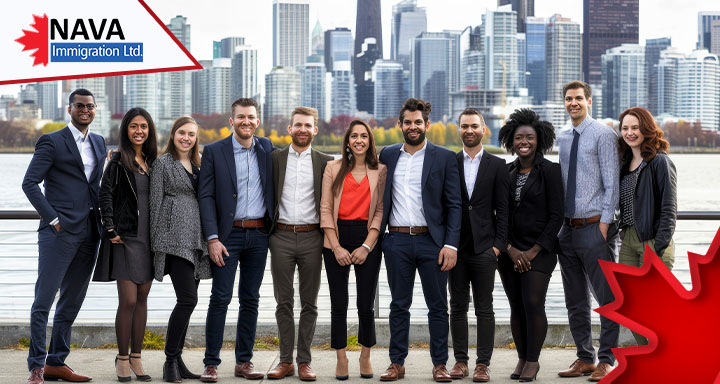IRCC proposes permanent resident class for semi-skilled workers
IRCC proposes permanent resident class for semi-skilled workers. This amendment includes introducing a new permanent economic immigration class for workers with experience and training under the Training, Education, Experience, and Responsibilities (TEER) levels 4 and 5.
The department states that the pathway would ‘support the modernization of the economic immigration system by expanding the selection of permanent residents to applicants with a more diverse range of skills and experience.’
According to IRCC, ministerial instructions with more detail regarding the new class and any pathways will be released this fall in the Canada Gazette.
Canada’s TEER System
Canada’s TEER system was introduced in 2022 as part of the evolution of the National Occupational Classification system. The system categorizes occupations into ‘TEERs,’ replacing the ‘Skill Levels’ in NOC 2016.
TEERs 0-3 are for professions that typically require a post-secondary education or an apprenticeship for a specific length of time. Similarly, TEERs 4 and 5 cover those that require just a high school education, on-the-job training, or, in the case of TEER 5, no formal education, but some professions that usually require short-term work demonstration.
Presently, TEERs 4 and 5 are not generally eligible for federal economic immigration programs such as those managed by Express Entry. This implies that newcomers who come to Canada to work in one of those professions often face more challenges in obtaining permanent residency, thus increasing Canada’s number of temporary residents.
Many newcomers to Canada arrive as temporary residents and because of the present labor market, some find themselves in what Statistics Canada defines as ‘low-skilled’ positions. In a study released earlier this year, Statistics Canada stated that there has been a shift in the employment of temporary foreign workers (TFWs) as well as international students toward low-skilled industrial sectors. These include the accommodation and food services sector and retail trade sector.
Furthermore, the report stated that these shifts could potentially result in a higher proportion of low-skilled temporary foreign workers among new immigrants.
This also implies that low earning and slow earnings growth affect temporary foreign workers and international students, delaying their integration into Canada’s economy.
Temporary Resident Levels
IRCC proposes permanent resident class for semi-skilled workers. The creation of new permanent resident pathways for TEER 4 and 5 newcomers is another example of how IRCC is shifting toward reducing the number of temporary residents in Canada. Earlier this year, the department declared that it is seeking to stabilize these numbers, which peaked in 2023 at around 2 million.
The department stated that these levels were no longer sustainable for Canada’s economy. According to a statement made at the time by Immigration Minister Marc Miller, Canada has recovered 138% of the jobs lost throughout the pandemic.
Temporary residents, such as workers, visitors, and students, have traditionally not been capped. This year, IRCC reversed this policy and implemented a hard cap on the number of international student applications it will process. It is also adding temporary resident levels to the 2025 – 2027 Immigration Levels Plan, which will released on November 1.
Another way IRCC will rein in the number of temporary residents is through an increase in the number of ‘domestic laws.’ This implies that IRCC has been looking to make temporary residents living in Canada permanent residents before considering bringing more foreign nationals from overseas.
Recently, there has been an uptick in the number of Express Entry draws for applicants with a provincial nomination and those in the pool through the Canadian Experience Class. Typically, these applicants are already living and working in Canada as temporary residents. Throughout July alone, IRCC issued 4,575 invitations to apply to these applicants.
These measures have a double impact: they help IRCC reach its annual target of permanent residents for this year and the upcoming year while shrinking the temporary resident population.
If you seek information on how to begin your Canada immigration application process, you can talk to our NavaImmigration experts at 1800-918-8490, or you can drop us an email at [email protected].





